I recently participated in a Design Thinking bootcamp event organized by IESE’s Innovation & Design Club in conjunction with bootcamp leaders Paula Vega and Rocío García Ramos and our host company Ayre Hoteles Caspe. Over the course of two days, grouped into teams of four, participants sought solutions to Ayre’s Challenge Brief utilizing a design-thinking framework that included a five-module process: Empathy, Definition, Ideation, Prototyping and Testing.
Ayre’s Challenge: How can a hotel improve the services it provides for business guests?
Beginning with the Empathy module, teams set out to discover the underlying needs and motivations of the hotel and their potential clientele.
Ayre representatives gave us an introduction of current and slated strategic programs, as well as the available service offered. They then led a tour of the hotel and allowed us to observe the facilities first hand. Afterwards, a series of empathetic interviews with potential hotel guests were conducted.
In the Definition module, each team clustered together similar comments and observations from the interviews and distilled insights from them. After interviewing a handful of young professionals from different countries and business sectors with various work-related travel experiences, our team gained the following key insight:
The length of stay is a strong determinant of the needs of business guests:
Short-Term Stay preoccupations revolved around the ephemeral and tangible. Comments included “Breakfast is important” and “There is an iron in my room, but I don’t know how to use it.”
Long-Term Stay preoccupations tended to be more personal and emotional. People worried about “Eating healthily” and “depressing hotel rooms.” In general, comments tended to pertain to living a “parallel life during long projects,” working away from home, family, office and routine.
Focusing on the Long-Term Stay preoccupations, my team used tools such as the “How Might We” exercise to identify several areas of opportunity:
How Might We….“help guests socialize, adapt services to provide personalized customer experiences, offer guests a personalized work environment.”
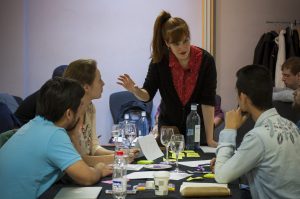 This module was followed by the Ideation phase of brainstorming sessions and concept refinement exercises such as SCAMPER. These techniques foment the rapid synthesis of unique possible solutions in large quantity.
This module was followed by the Ideation phase of brainstorming sessions and concept refinement exercises such as SCAMPER. These techniques foment the rapid synthesis of unique possible solutions in large quantity.
SCAMPER: Substitution, Combination, Adaptation, Modification, Putting-to-use, Elimination, Reversal
Of the five or so concepts synthesized, we set about Prototyping three: “Empty Rooms,” “Modular Rooms” and the “13th Floor,”, mocking-up modular hotel rooms and furniture floor plans using A4 paper and sticky notes and running through different user and hotel staff scenarios.
This internal testing helped further define the “what” and “how” of our concepts. It also fleshed out weak points and redundancies, which led us to dispense with the “13th Floor” concept. After some re-tuning and consolidation, we put the final concept to some external testing.
Final Concept: Our team developed a two-pronged strategies to re-utilize and add value to existing, but underused, hotel assets: their unbooked rooms, public spaces, guests, and location in the heart of Barcelona. Our Modular Rooms Program unlocks the potential of unbooked rooms by allowing them to be temporarily reconfigured for other uses, such as workspaces, office spaces and gallery spaces. This repurposing of the rooms led us to the second strategy prong: converting various spaces in the hotel into rentable Co-Working Spaces. These two strategies aim to foster a vibrant and trendy business community within the hotel among its (primarily business-oriented) guests and the entrepreneurial community of Barcelona,whilst also boosting the hotel’s revenue and public profile.
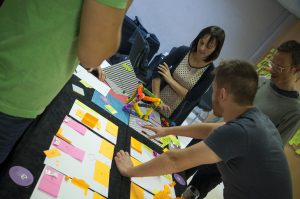 In the Testing module, we invited other participants to role-play as guests whilst we played the role of the hotel staff and ran through room selection, booking and physical configuration processes. We then simulated our guests’ stay.
In the Testing module, we invited other participants to role-play as guests whilst we played the role of the hotel staff and ran through room selection, booking and physical configuration processes. We then simulated our guests’ stay.
What did we learn?
- Booking a room across the hall from your rental office space is convenient.
- The positive feedback in the synergies of an intra-hotel business ecosystem outweighed concerns of privacy, noise and other disruptions. Nonetheless, noise and privacy would need to be addressed.
- An option to allow guests to design the configuration of their own spaces (rather than select from a handful of templates) provides immediate user preference feedback and information to predict and generate more efficient room furnishing and configuration schemes.
- Reconfiguration of the room per guest would most likely require more than the usual room preparation labor. However, with some analysis, demand for certain configurations will be used to set some standard configurations, with custom designs incurring additional fees to pay for the extra labor.
- Hotel floor plates and furnishings tend to be uniform, but; nonetheless, investment will most likely be necessary for retrofitting of existing hotels.
In the end, our strategy may be more or less implementable depending on the hotel. Many of the cons could be mitigated via proper planning, especially if building a new hotel from scratch. For existing hotels, the level of adaptation would depend on internal systemic and logistical flexibilities and allotted project budgeting. It is hoped that our two-pronged strategy to provide unique and competitive service offerings to guests, as well as the local start-up community, will serve as inspiration for Ayre Hoteles.
“I went to the Innovation Bootcamp purely out of curiosity and came away with some very interesting insights about design thinking that I believe could be really useful when I move into strategy consulting after the MBA. The facilitators did a great job fostering a fun atmosphere for the Innovation Bootcamp, which really helped us relax, get creative and learn together.” –Will Fawson (IESE MBA ’16)
On the afternoon of the final day, each team presented their solutions to Ayre representatives. This was followed with a celebratory beer and tapas closing party, courtesy of Ayre and Estrella Damm.
This bootcamp was a lead-in event aimed at giving participants a crash course in “human-centered design” methodologies in preparation for the Innovation Challenge. The IESE Innovation Club hopes this will be the first of many innovative challenges and events to come. I encourage curious minds to get involved. It’s a great way to augment one’s MBA skillset and a lot of fun, too. I would like to give a closing shout-out to my teammates: Gabriel Ervilha, Gil Herman and Louis Michelet. Thanks guys, I had a great time.


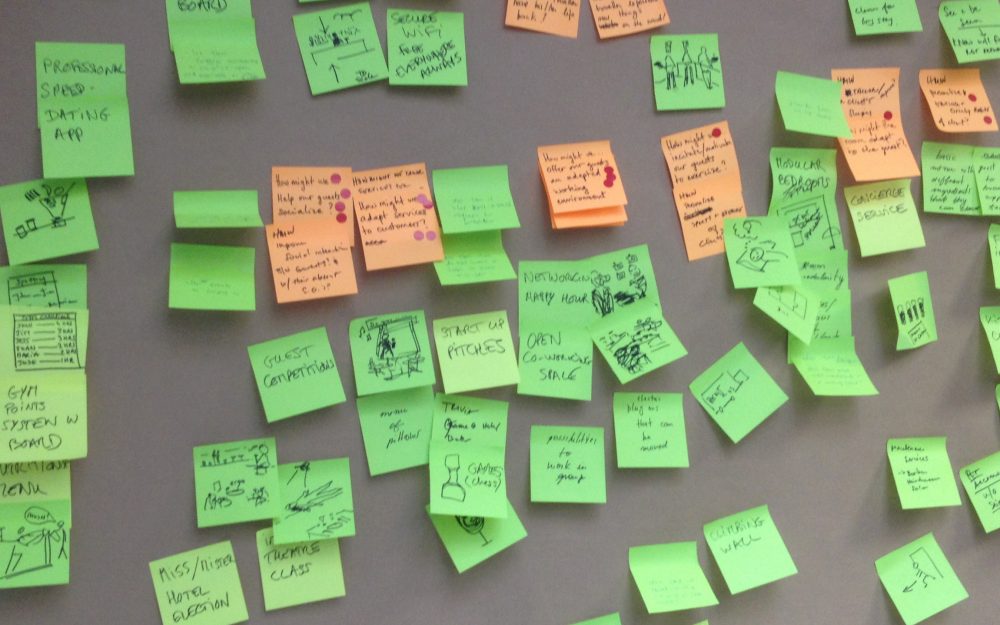
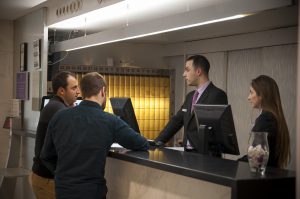
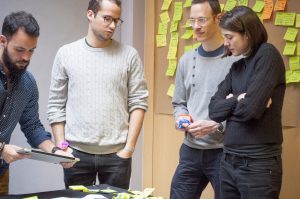
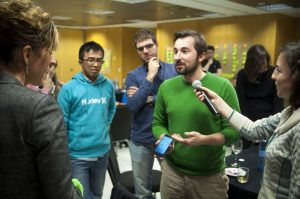
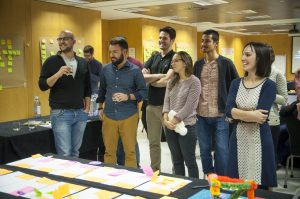
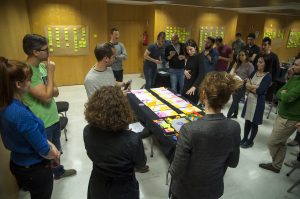
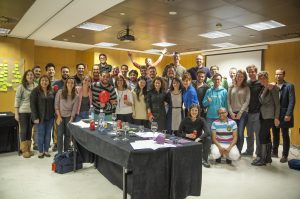
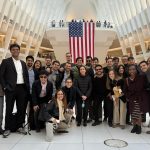
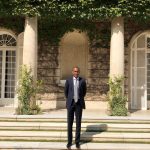
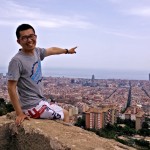

Great…
Having just spent a week at a hotel, at a large conference, I appreciate the efforts of Ayre. Your findings are right on point. More hotels should use your process. Good work.
Nice information you provide to us. Other must have to use your procedure. great job.